Bowed Colors 2
Paul Osterfield composer
Sean Hickey composer
Joseph Gregorio composer
Christopher Jessup composer
Deon Nielsen Price composer
Heidi Jacob composer
Jonathan Sheffer composer
Brett Deubner viola
Allison Brewster Franzetti piano
On BOWED COLORS 2, violist Brett Deubner tackles a vibrant collection of Bach-inspired compositions for the viola. A bonafide virtuoso of international acclaim, Deubner set his sights on the works of seven American composers, and the result is a dynamic album of showstoppers for the alto voice of the string family. Baroque structure unites with contemporary fervor in this program, and Deubner’s solo viola (occasionally accompanied by piano) entwines both, brimming with vigor and precision.
Listen
Stream/Buy
Choose your platform
Track Listing & Credits
| # | Title | Composer | Performer | |
|---|---|---|---|---|
| 01 | Ablaze | Paul Osterfield | Brett Deubner, viola | 6:08 |
| 02 | Longitude | Sean Hickey | Brett Deubner, viola; Allison Brewster Franzetti, piano | 7:25 |
| 03 | Suite: I. Lament | Joseph Gregorio | Brett Deubner, viola | 3:51 |
| 04 | Suite: II. Air | Joseph Gregorio | Brett Deubner, viola | 3:43 |
| 05 | Suite: III. Jig | Joseph Gregorio | Brett Deubner, viola | 2:55 |
| 06 | Suite for Viola and Piano: I. Introduction | Christopher Jessup | Brett Deubner, viola; Allison Brewster Franzetti, piano | 2:18 |
| 07 | Suite for Viola and Piano: II. Interlude | Christopher Jessup | Brett Deubner, viola; Allison Brewster Franzetti, piano | 1:02 |
| 08 | Suite for Viola and Piano: III. Scherzo | Christopher Jessup | Brett Deubner, viola; Allison Brewster Franzetti, piano | 2:18 |
| 09 | Suite for Viola and Piano: IV. Vocalise | Christopher Jessup | Brett Deubner, viola; Allison Brewster Franzetti, piano | 1:44 |
| 10 | Suite for Viola and Piano: V. Conclusion | Christopher Jessup | Brett Deubner, viola; Allison Brewster Franzetti, piano | 3:08 |
| 11 | Stile Antico for Solo Viola: I. Chromos | Deon Nielsen Price | Brett Deubner, viola | 3:08 |
| 12 | Stile Antico for Solo Viola: II. Tonos | Deon Nielsen Price | Brett Deubner, viola | 4:05 |
| 13 | Stile Antico for Solo Viola: III. Concitato | Deon Nielsen Price | Brett Deubner, viola | 2:22 |
| 14 | Metamorphosis I | Heidi Jacob | Brett Deubner, viola; Allison Brewster Franzetti, piano | 8:07 |
| 15 | Short/Suite: I. Toccata | Jonathan Sheffer | Brett Deubner, viola | 5:53 |
| 16 | Short/Suite: II. Sarabande | Jonathan Sheffer | Brett Deubner, viola | 2:56 |
| 17 | Short/Suite: III. Rondo | Jonathan Sheffer | Brett Deubner, viola | 1:54 |
Recorded September 9-12, 2022 at Oktaven Audio in Mount Vernon NY
Producer Brad Michel
Engineer Ryan Streber
Editing, Mixing & Mastering Brad Michel
Executive Producer Bob Lord
A&R Director Brandon MacNeil
A&R Danielle Sullivan, Chris Robinson
VP of Production Jan Košulič
Production Director Levi Brown
Production Assistant Martina Watzková
Audio Director Lucas Paquette
VP, Design & Marketing Brett Picknell
Art Director Ryan Harrison
Design Edward A. Fleming, Morgan Hauber
Publicity Patrick Niland, Brett Iannucci, Aidan Curran
Artist Information
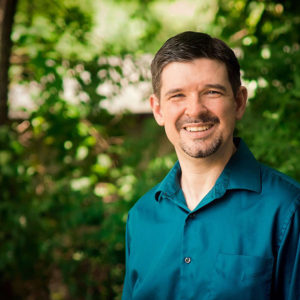
Paul Osterfield
Composer Paul Osterfield was born in Nashville TN in 1973. Spending his formative years in Northeast Ohio, he composed and performed as a cellist throughout middle school and high school, in addition to studying violin, piano, and conducting. His early efforts as a composer were recognized in 1990, when the United States Copyright Office and the Library of Congress awarded Osterfield first prize in their Young Creators’ Contest. The following year, that winning work was performed by the Cleveland Orchestra on their Family Key Concert Series.
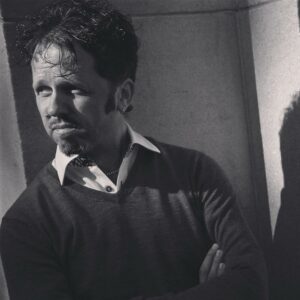
Sean Hickey
Born in Detroit MI in 1970, Sean Hickey’s earliest music education began at age 12 with an electric guitar, a Peavey amp, and a stack of Van Halen records (the early ones of course). He studied jazz guitar at Oakland University, later graduating with a degree in composition and theory from Wayne State University. His primary instructors were James Hartway, James Lentini, and Leslie Bassett. After moving to New York, Hickey pursued further studies with Justin Dello Joio and Gloria Coates. His works include a symphony (Olympus Mons), concertos for clarinet, cello and mandolin, two string trios, a string quartet, a flute sonata, a woodwind quintet and trio, numerous pieces for solo instruments, church, theater and orchestral music.
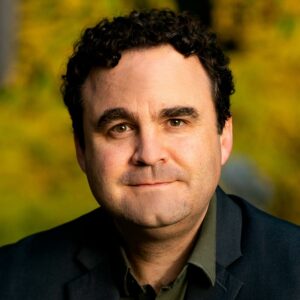
Joseph Gregorio
Composer and conductor Joseph Gregorio has received commissions from ACDA, Cantus, The Esoterics, and Choral Chameleon, and was awarded a 2015 Commissioning Grant from the Ann Stookey Fund for New Music. Gregorio’s music is published by Areté Music Imprints, E.C. Schirmer Music Company, Walton Music, and Imagine Music Publishing. He is the director of choirs at Swarthmore College and was the founding director of Ensemble Companio, which he led from 2011-2016 and which won the 2012 American Prize in choral performance. Gregorio has also served as assistant conductor of the San Francisco Bach Choir and has taught music theory and musicianship at the San Francisco Conservatory of Music and Temple University.

Christopher Jessup
American composer and pianist Christopher Jessup is an award-winning artist of formidable prowess. Jessup has garnered international acclaim, with critics praising his “imaginative handling of atmosphere” [Fanfare Magazine] and “high standard of technique” [New York Concert Review]. Furthermore, he has performed at Carnegie Hall countless times, soloed with distinguished orchestras across the globe, and collaborated with some of the finest artists and ensembles of our time.
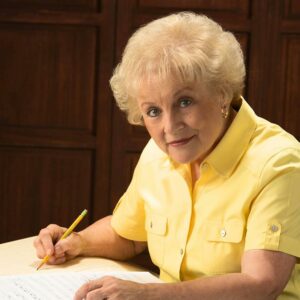
Deon Nielsen Price
The deep humanitarian concerns that permeate much of Dr. Deon Nielsen Price’s music is represented in her duo War Ends-Song Endures, a tribute to the valiant spirit of Ukrainians, premiered in 2023 at the Mu Phi Epsilon International Convention in Texas by flutist Rik Noyce and commissioning pianist Mary Au. Named the "Tom Brady of Composers" (New York Times 12/24/2022), Price feels honored to represent octogenarian composers who are still professionally active. She was a Winner of The 2023 American Prize in orchestra for her Chamber Symphony as well as a finalist for The 2023 American Prize in vocal chamber music for her song cycle Ludwig’s Letter to Eternal Beloved, and, in opera/theater, for her chamber opera, Ammon and the King, Immigrant Speaks Truth to Power. Her Oratorio CHRISTUS was premiered and recorded in the Salt Lake Tabernacle in June 2023.
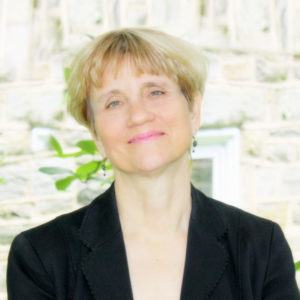
Heidi Jacob
Heidi Jacob’s music has been described by BBC Magazine as “compositions …of complex mesmerizing beauty,” and by Gramophone Magazine as music with “…forthright expressiveness [that] exposes a multitude of stylistic associations.” Praise for her recent recording on Navona Records of Lilacs with the Kühn Choir of Prague include: “the music is simply breathtaking,” (Nicholas Wright) “…Jacob writes music of imagination and adventure…voices interweave hauntingly… ascending to towering heights,” (Textura), and “Heidi Jacob’s Lilacs opens with Kristýna Fílová’s soaring soprano… Amina Robinson’s narration amid the sublime choral harmonizing.” (Take Effect)
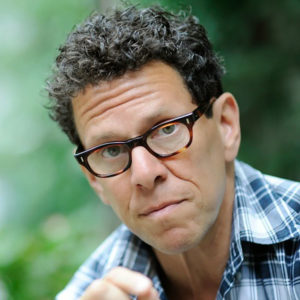
Jonathan Sheffer
Jonathan Sheffer is a Grammy-nominated composer and conductor whose diverse career in music spans the worlds of classical, opera, dance, and film and television. Born in New York City, Sheffer graduated from Harvard University, where his teachers included Leonard Bernstein, and later attended The Juilliard Extension School and the Aspen School of Music. Sheffer’s range of works comprises television and feature film scores, works for orchestra, solo piano, concertos, musicals, and short operas. In addition to several scores for Hollywood films, including Encino Man, Pure Luck, A Shallow Grave and others, his most recent films include the documentaries Mann v. Ford (HBO) and the German/Israeli film, The Decent One, which premiered at the Berlin Film Festival.
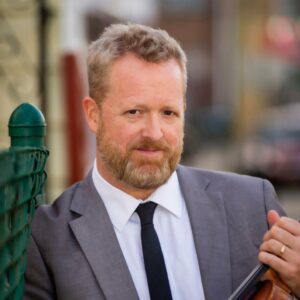
Brett Deubner
Born in San Francisco, violist Brett Deubner has established himself as one of the foremost violists of his generation. As a sought after soloist who has performed with orchestras on five continents, Deubner has redefined the role of “solo artist” and has given the viola a new standing in the world of classical music with his virtuosity, commitment to championing new music, and his mentoring tomorrow’s young artists.
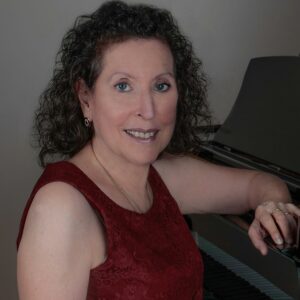
Allison Brewster Franzetti
The 2014 and 2018 Latin GRAMMY® Nominee for Best Classical Album and 2008 GRAMMY® Nominee for Best Instrumental Soloist without Orchestra, pianist Allison Brewster Franzetti has received international acclaim from critics and audiences alike for her stunning virtuosity and musicality, both as a soloist and chamber musician. Her performances include the live Latin GRAMMY® Awards television broadcast, the GRAMMY® Awards Classical Music Tribute to Earl Wild and Lang Lang at the Walt Disney Concert Hall in Los Angeles, the American Classical Music Hall of Fame, the Robert Schumann Festival at the Marcella Sembrich Museum in Lake George NY, the Campeche Festival in Mexico, and at the opening of the VI International Festival of Music at the Teatro Colon in Buenos Aires, Argentina.

